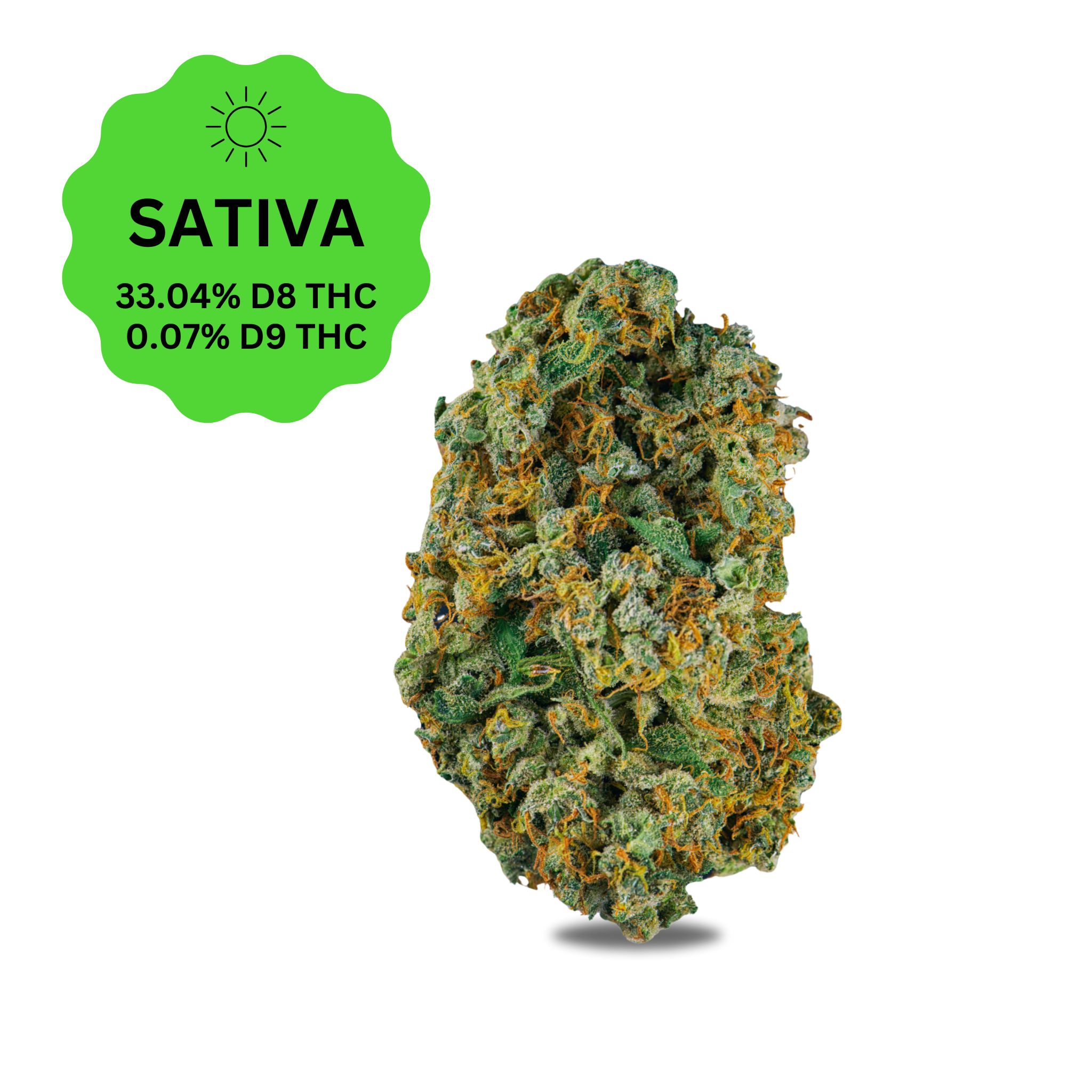
$14.99
![]() >
Blogs
>
Cannabis >
What Are the Strongest Cannabinoids?
>
Blogs
>
Cannabis >
What Are the Strongest Cannabinoids?
THE STATEMENTS ON THIS BLOG ARE NOT INTENDED TO DIAGNOSE, TREAT, CURE, OR PREVENT ANY DISEASE. THE FOOD AND DRUG ADMINISTRATION HAS NOT EVALUATED ANY STATEMENTS CONTAINED WITHIN THE BLOG. ATLRX DOES NOT IN ANY WAY GUARANTEE OR WARRANT THE ACCURACY, COMPLETENESS, OR USEFULNESS OF ANY MESSAGE. THE INFORMATION CONTAINED WITHIN THIS BLOG IS FOR GENERAL INFORMATIONAL PURPOSES ONLY.
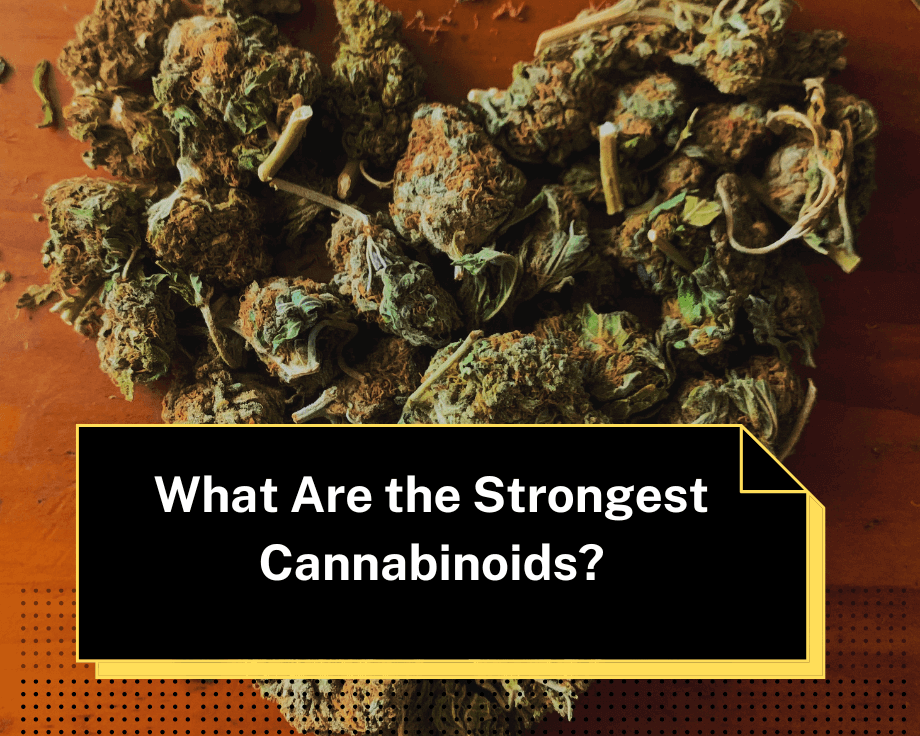
The most well-known cannabinoids are THC (delta 9 THC) and CBD, although there are dozens of other members of this class that also need consideration.
There are more than 100 naturally occurring cannabinoids in all, and users of THC and CBD frequently ask how the other compounds compare in terms of strength.
You can use this page as a guide to cannabis potency to identify the one that gives you the strongest psychoactive effect.
Cannabinoids are a key component of the cannabis plant. When cannabis users fire up a joint, take an edible, or squirt a cannabis-infused tincture beneath their tongue, these naturally occurring chemical substances play a part in the wide range of reactions they encounter.
While it’s true that cannabis is a great source of cannabinoids, the term “cannabinoids” actually refers to any substance that has the potential to affect the body’s endocannabinoid system. In addition to being present in the human body and many other plant species, cannabinoids can also be created artificially.
Different cannabinoids can have wide-ranging effects that are sought after by many cannabis users—yes, some cannabinoids can even give you the munchies.
With this guide, you’ll discover what a cannabinoid does and which one is strongest.
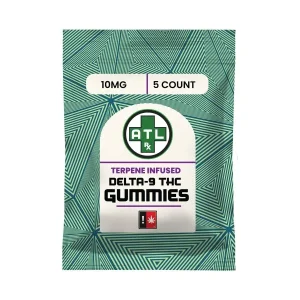
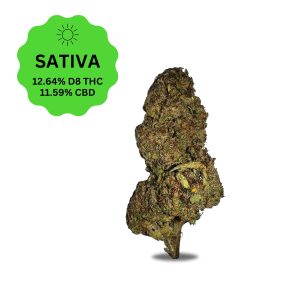
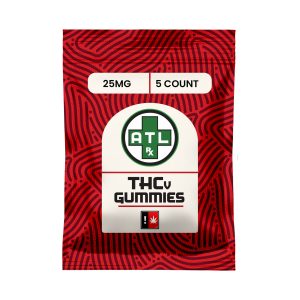
Three categories can be used to group cannabinoids:
The world’s richest and most varied source of phytocannabinoids, or cannabinoids found in plants, is cannabis. There are more than 150 distinct cannabinoids in the cannabis plant.
Cannabinoids are not, however, directly produced by the cannabis plant. Instead, it creates cannabinoid acids like THCA and CBDA that need to be activated to transform into familiar and beloved cannabinoids like THC and CBD.
Cannabinoids were thought to be exclusive to the cannabis plant until recently, but new research suggests otherwise. Additionally containing substances that interact with the body’s endocannabinoid receptors include black pepper, cocoa, echinacea, rhododendrons, and black truffles. These substances are not the same as the cannabinoids in cannabis, but they can have effects that are comparable to those brought on by cannabinoids in cannabis.
The body’s endocannabinoid system includes endocannabinoids. These substances, which are often referred to as endogenous cannabinoids (the prefix “endo” or “endogenous” meaning “inside”), are created by many organs and tissues throughout the body and share structural similarities with the cannabinoids found in cannabis.
The body can produce endocannabinoids to help regulate a variety of bodily processes. The two primary endocannabinoids are 2-AG and anandamide (AEA) (2-arachidonoylglycerol). Endocannabinoids, in other words, support the smooth operation of vital biological processes.
Related Article: A Closer Look at the Endocannabinoid System
These substances are created through chemical processes instead of existing naturally in plants or people. There are more than 200 synthetic cannabinoids, almost all of which are made to have strong effects on the cannabinoid receptors in the body.
According to reports, AMB-FUBINACA is one such example and is 75 times more potent than THC, the primary psychoactive cannabinoid present in cannabis. The safety of some synthetic cannabinoids, however, is debatable because they can have negative effects on users.
Endocannabinoids, however, isn’t the only thing that can activate these receptors. Cannabis contains phytocannabinoids, which are cannabinoids with a structural resemblance to those made by the body. Our endocannabinoid system’s cannabinoid receptors can connect with these plant cannabinoids, causing the body to react in various ways.
For instance, THC may increase joy, lessen discomfort, and make time seem to pass more slowly, and CBD can reduce all other negative effects.
There is mounting proof that cannabinoids do more than only interact with cannabinoid receptors, though. In addition to serotonin 5-HT receptors, cannabinoids appear to act on additional bodily receptors. How tightly cannabinoids can bind to these receptors governs the wide range of effects that they can cause.
Some cannabinoids are significantly more powerful than others; not all are made equal. Cannabis plants contain several cannabinoids that can be used to further understand their effects.
This rating is the result of a combination of in-depth analysis of each cannabinoid’s ability to bind to various molecules and our own testing. The list presented below will start from the strongest to the weakest.
A recently discovered natural counterpart of THC is called THCP. THCP is the most potent cannabinoid on the market by a wide margin. Early studies claim it is up to 33 times as strong as Delta 9 THC, but after testing it for ourselves, we’d put its potency closer to 10X.
There are stronger cannabinoids, but they aren’t found in nature and usually carry a lot of hazards. Small amounts of THCP are naturally present in both hemp and marijuana.
The molecular structure of THCP has two more carbons added to it, which is the only distinction between it and THC. THC, for example, has five carbons in its alkyl side chain. THCP, however, has seven carbons in its alkyl side chain.
The potency of THCP is higher than that of regular THC. With a lesser amount, you might feel noticeably more elevated.
Although this cannabinoid was only discovered by the UNIHEMP research group in 2019, many believe it has been present for some time. Additionally, despite having the same or lower THC concentrations as other cannabis strains, many contend that this is the reason why some cannabis strains are far more psychotropic than others.
Only accidentally did the UNIHEMP research effort discover THCP. They initially discovered THCP and CBDP while looking at the chemical composition of a strain called FM2. There is minimal interest in the future study because, in their opinion, CDBP hardly interacts with the endocannabinoid system.
It is often referred to as THC Acetate as it is the synthetic or chemical form of THC. THCO stands for THCO-Acetate. The THC analog known as THC-O contains the same amount of carbon atoms in its alkyl side chain as THC. The substitution of an acetate group for the hydroxy group present in Delta 9 THC is the primary distinction between this cannabinoid and Delta 9 THC.
THC-O is vastly more bioavailable than any other form of THC, thanks to this minor modification. Greater absorption of the chemical into the bloodstream and brain accounts for its increased potency.
The elevated effects are then produced by Delta 9 THC, which is later metabolized from this cannabinoid. THC-O is three times stronger than Delta 9 THC.
Related Article: What Is THC-O?
Often called Delta 9 THC, THC stands for delta-9-tetrahydrocannabinol. It is a cannabinoid molecule that has long been acknowledged as marijuana’s primary psychoactive component, or the element that gives users of the drug a high. The most well-known and well-liked cannabinoid is Delta 9 THC. Marijuana plants produce the most psychoactive cannabinoid, which is compared to it. We use this as a starting point to evaluate the relative strength of each cannabinoid on this list.
Five carbon atoms make up the alkyl side chain of Delta 9 THC, which, together with a hydroxy group, give it a significant affinity for CB1 receptors.
Related Article: Delta 9 THC: A Comprehensive Guide
Roger Adams, an American chemist, combined hydrogen molecules to Delta-9 THC in 1944 to produce the first HHC. THC is changed into hexahydrocannabinol through a procedure called hydrogenation (HHC). The more stable version of THC is called hexahydrocannabinol (HHC). Although it shares a lot of similarities with THC in terms of its chemical composition, the term “hydrogenated” refers to the presence of extra hydrogen atoms that dissolve the double bond(delta) present in some THC molecules. Hydrogenation creates HHC.
HHC is about 80% as powerful as Delta 9 THC because the extra hydrogen atoms result in a less snug fit into CB1 receptors.
In terms of molecular structure, Delta 8 and Delta 9 THC are very similar. The carbon chain’s double bond in THC is located in the eighth position, which distinguishes Delta 8 from Delta 9. The location of the double bond in the two THCs makes them chemically distinct. While both cannabinoids have the same chains of carbon atoms, Delta-8 has a double bond on the eighth carbon, and Delta-9 has one on the ninth.
Delta-8 attaches differently to the endocannabinoid system because of its double bond placement. As a result, Delta-8 is regarded as far less powerful than ordinary THC. However, more study on Delta-8 and its effects on the body is required. About 50–65% less potent than Delta 9 THC is Delta 8 THC. The majority of users report feeling mellow with little fear of potential unpleasant side effects.
At ATLRx, you can buy Delta 8 online, and we have multiple different products like Delta 8 hemp flower, Delta 8 shatter, and many more Delta 8 products.
Related Article: What Is Delta 8 THC?
Delta-10 cannabinoid is found in traces in the cannabis plant. It can make you elevated like conventional THC (Delta-9); however, it is less strong than Delta-9. Due to its lower potency than typical THC, it’s comparable to Delta-8.
As its name suggests, Delta 9 THC and Delta 10 THC are structurally quite similar. The primary distinction between Delta 10 and Delta 9 THC is the location of the double bond in the carbon chain, which is moved to position ten in this cannabinoid.
About 50% more powerful than Delta 9 THC is Delta 10 THC. Most users note increased energy and mood as well as better focus and attention.
Related Article: What You Need to Know About Delta 10 THC
It is believed that THCV, a cannabinoid molecule found in cannabis has certain effects. According to Jordan Tishler, MD, a cannabis therapeutics expert and professor at Harvard Medical School, the Association of Cannabinoid Specialists president, and CEO/CMO of As per InhaleMD, THCV has two major effects: similar to THC. Varied structural components of THCV contribute to its different effects.
There are three carbon atoms in the alkyl side chain of tetrahydrocannabivarin (THCV), which makes it identical to Delta 9 THC. THCV is roughly 25% as powerful as Delta 9 THC, with the least amount of carbon atoms required on the side chain to still have a psychoactive effect.
While the molecular structures of THC and THCV are quite similar, and they may share some psychoactive properties in the right quantities, THCv is a distinct cannabinoid present in marijuana and hemp. In fact, because it’s so uncommon and only occasionally found in cannabis, we’ve only recently begun making serious efforts to learn about THCv, market it, and create strains that include it.
Related Article: What Is THCV?
In the alkyl side chain of cannabinol (CBN), there are five carbon atoms similar to that of Delta 9 THC. The carbon ring has two more double bonds and two fewer hydrogen atoms.
As THC degrades, CBN is created, maintaining some of THC’s high qualities.
Although the variations in CBN’s molecular structure may not seem significant, they greatly reduce its likelihood of binding to CB1 receptors. CBN is roughly 10% more powerful than Delta 9 THC.
Since the remaining cannabinoids have no psychoactive effects whatsoever, they can all be grouped together in the same category. Cannabinoids such as CBD, CBC, CBDV, CBCV, and THCC don’t directly activate CB1 receptors, so users won’t get high from them. These cannabinoids don’t even have psychoactive effects in very high dosages. Additionally, you can read our most current post regarding CBD and how it differs from Delta 8.
But many of them will result in some sort of physical symptom. Users describe the effects as being overall “lighter” or “heavier” and more at ease.
At ATLRx we have many different types of CBD products that range from CBD hemp flower to CBD tinctures and CBD gummies.
When compared to CBN, CBG is in a class by itself because it is not only non-psychoactive but also has been shown in research to counteract some of the psychoactive effects of other cannabinoids, such as THC.
As a result, this cannabinoid is occasionally combined with THC to lessen the “load” of these products’ psychoactive effects. This is advantageous for those who want to benefit from THC’s desired effects without necessarily wanting to become stoned.
Related Article: What is CBG?
A cannabinoid’s potency refers to its psychoactive potential. The more potent the cannabinoid, the stronger your experience.
Scientifically speaking, a cannabinoid’s potency essentially refers to how well it binds to or disables endocannabinoid receptors.
A molecule’s alkyl side chain contains carbon atoms that determine the strength of THC and its psychoactive analogs. Our CB1 and CB2 receptors would fit a molecule with eight carbon atoms exactly, making it the most potent cannabinoid that could be created. In contrast, no other naturally occurring cannabinoid has such a long alkyl side chain.
Less than three carbon atom molecules will never attach to endocannabinoid receptors and so won’t have any psychoactive effects. Those with three provide a modest high, and the strength increases with each additional carbon atom.
Other structural changes to a cannabinoid can affect its potency and how well it binds to endocannabinoid.
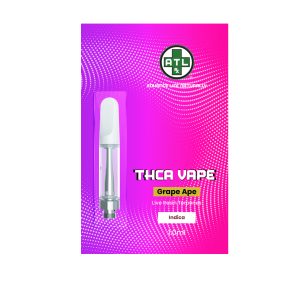
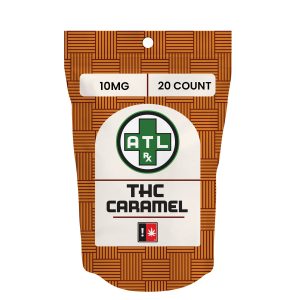
THCP has a longer alkyl side chain than THC-O, which increases its potency. THCP has a seven-link alkyl side chain, unlike THC-O, which has a five-link alkyl side chain.
In your body, the cannabinoid receptors interact with an alkyl side chain, also known as the “backbone” or “main chain,” which consists of carbon atoms.
Cannabinoids need at least three carbon atoms in their side chains in order to bind to your cannabinoid receptors. Because the effectiveness of a cannabinoid at your cannabinoid receptors closely correlates with the number of carbon atoms, THCP is the most potent naturally occurring THC variation found in cannabis.
THCP and THC-O are stronger than hexahydrocannabinol (HHC), a naturally occurring cannabinoid and THC isomer.
THCP is about eight to ten times stronger than THC-O, while THC-O is around four to five times stronger than HHC. HHC is less intimidating for beginners and doesn’t produce a strong elevated effect. To unwind, several people combine HHC and CBD in their favorite products.
The ability of a cannabinoid to connect to our endocannabinoid receptors is referred to as the molecule’s potency. A more potent substance produces a stronger high or psychoactive impact.
In terms of potency, THCP is 30x more potent than Delta 9 THC. Because its alkyl side chain has more carbon atoms, it interacts more readily and tightly with receptors in our endocannabinoid system.
THC-O, HHC, Delta 8 and Delta 10 THC, THCV, and CBN are just a few of the additional psychoactive cannabinoids that are available in various strengths. Despite being less potent, they are nonetheless strong.
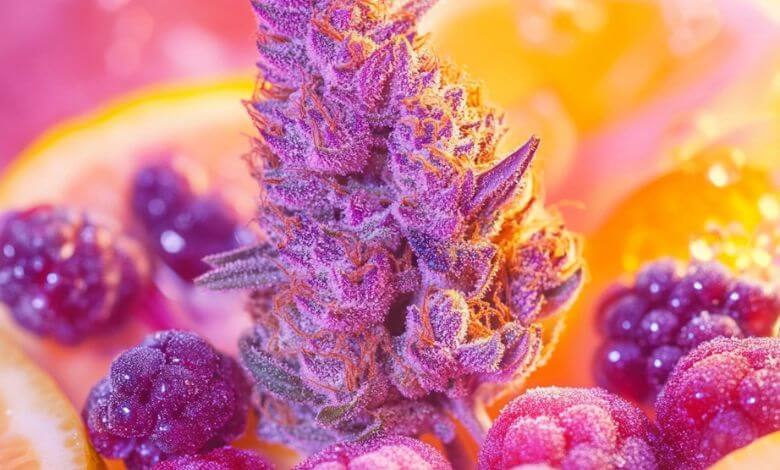
April 10, 2025
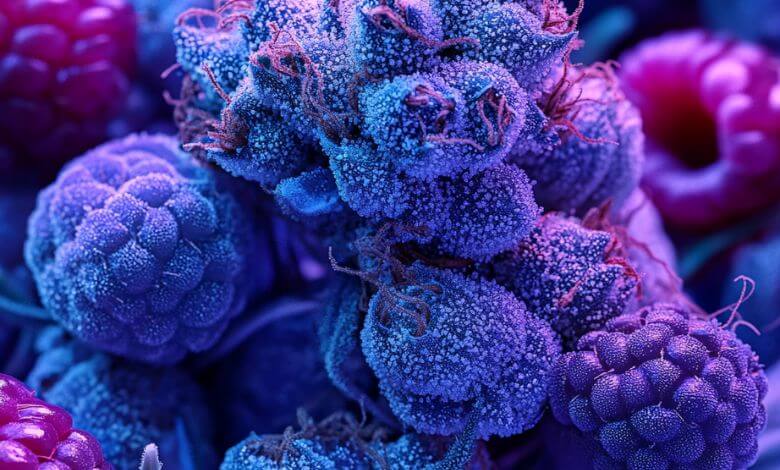
April 4, 2025
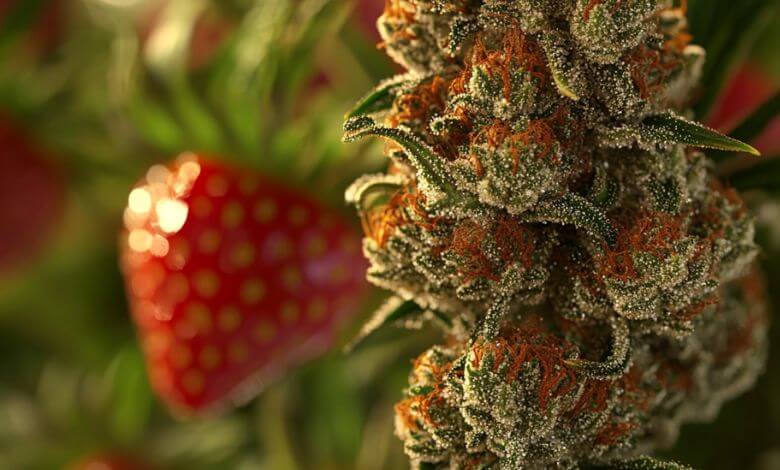
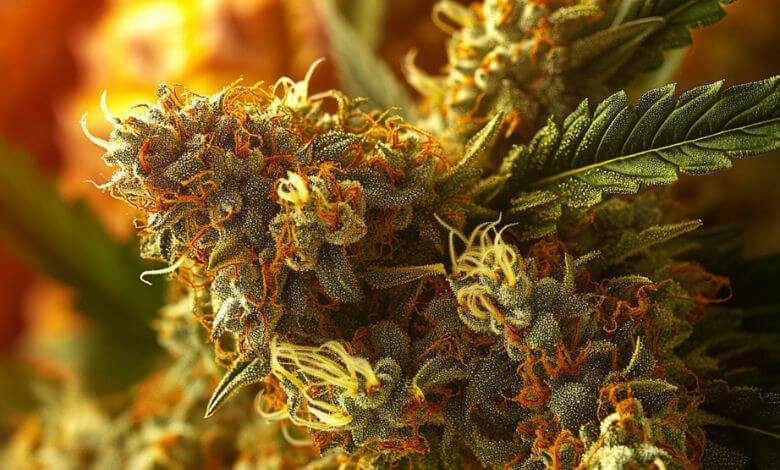
March 26, 2025
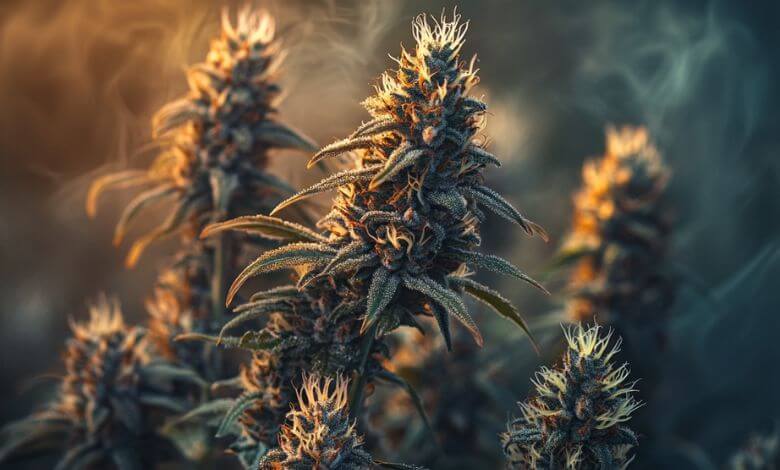
March 24, 2025

$14.99
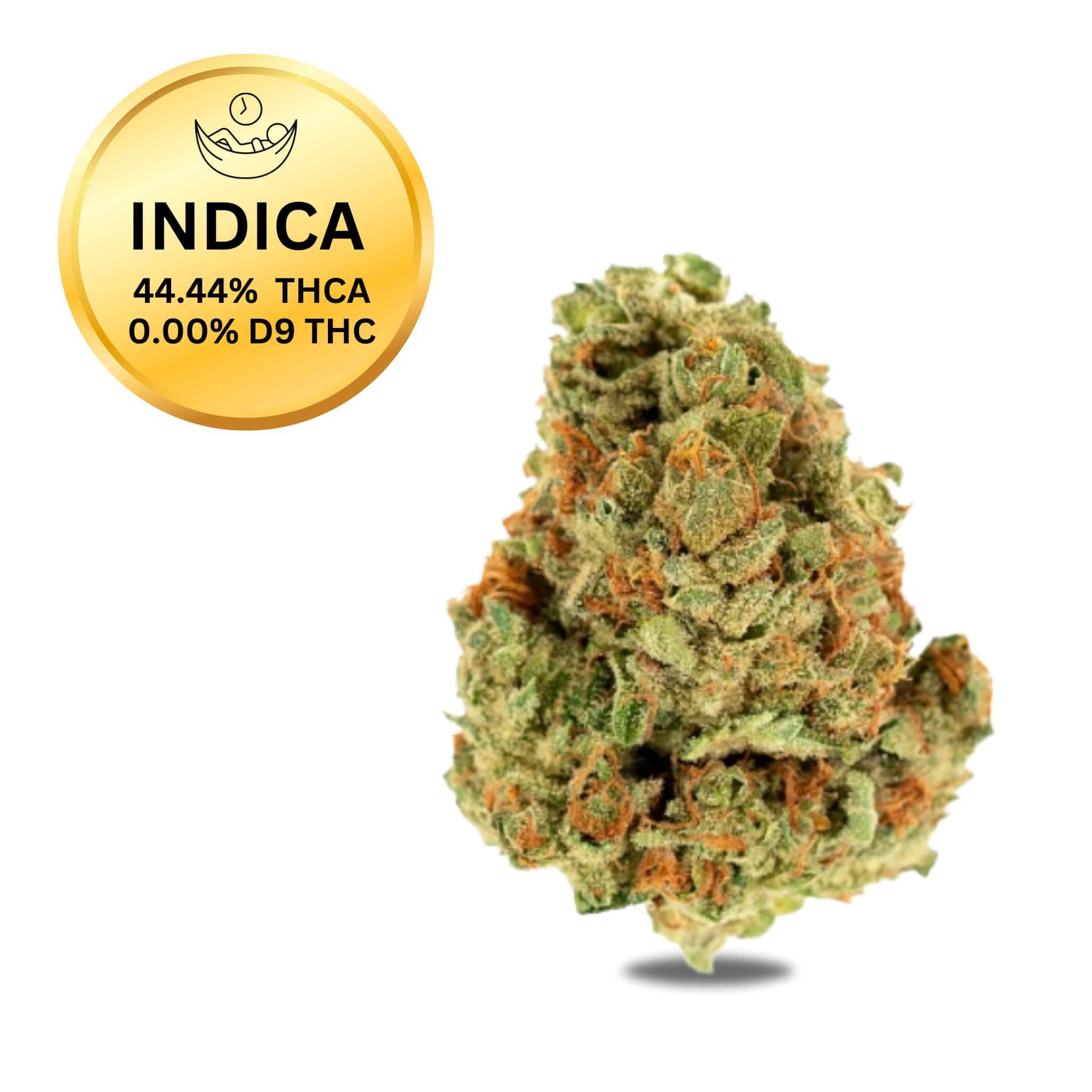
$19.99
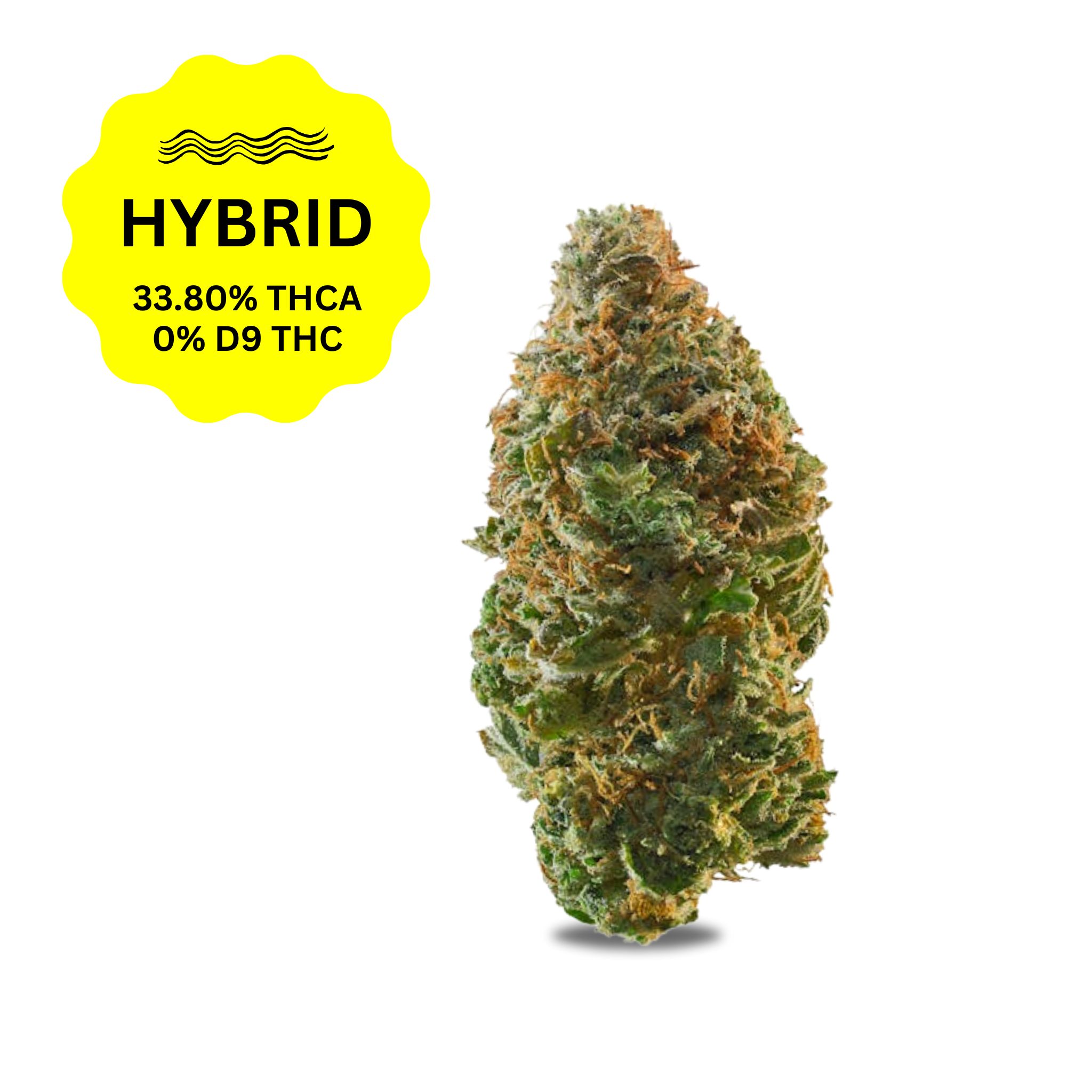
$14.99
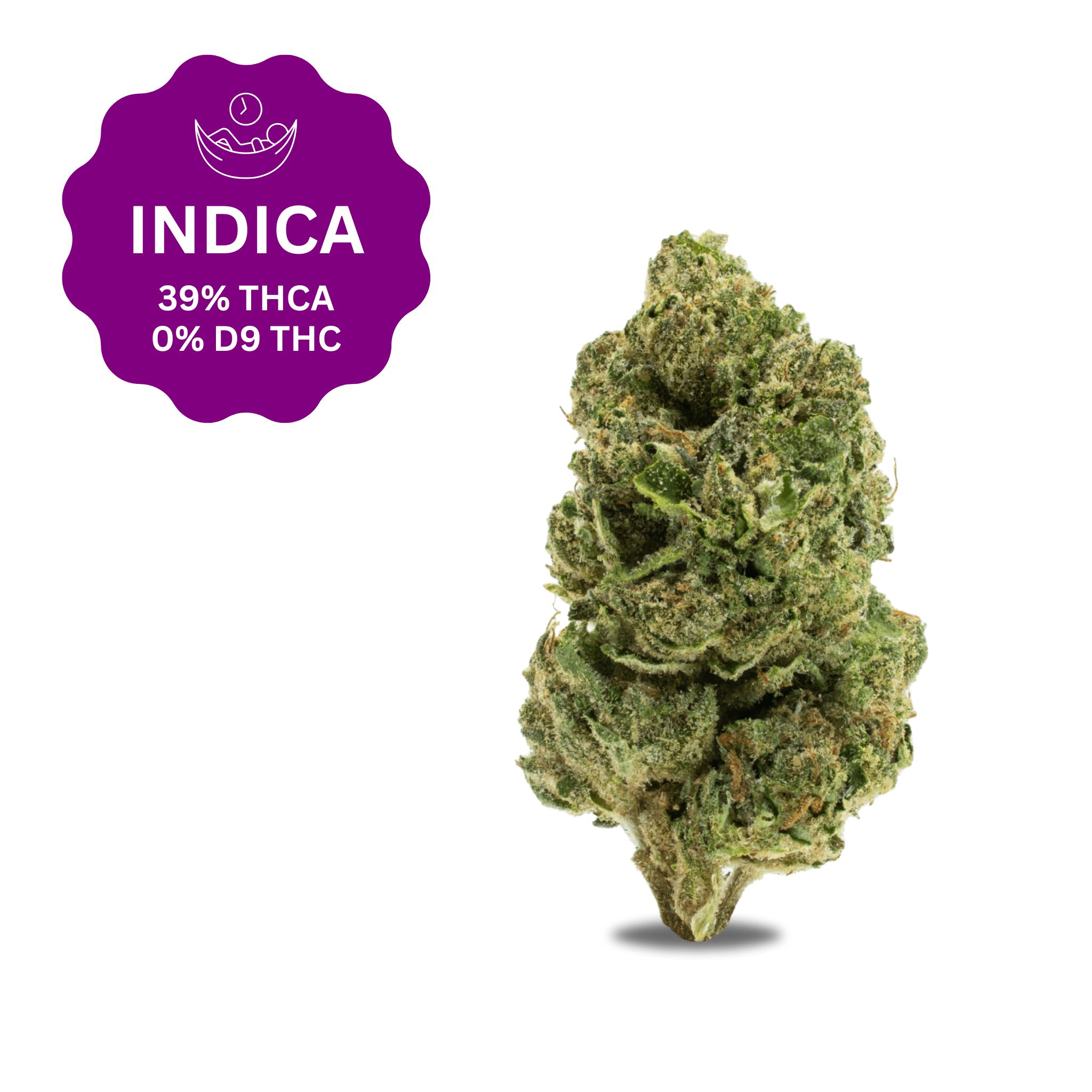
$14.99
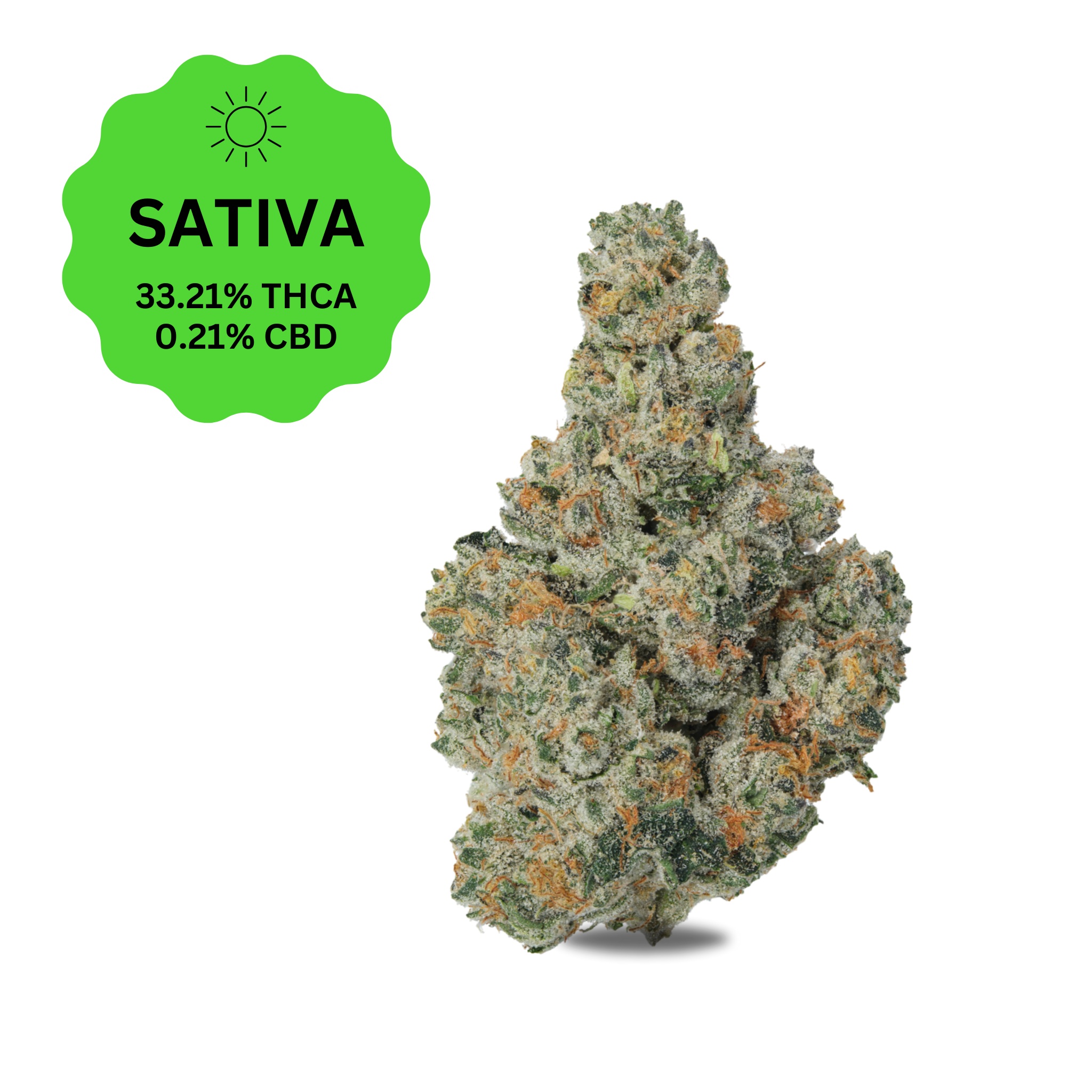
$14.99
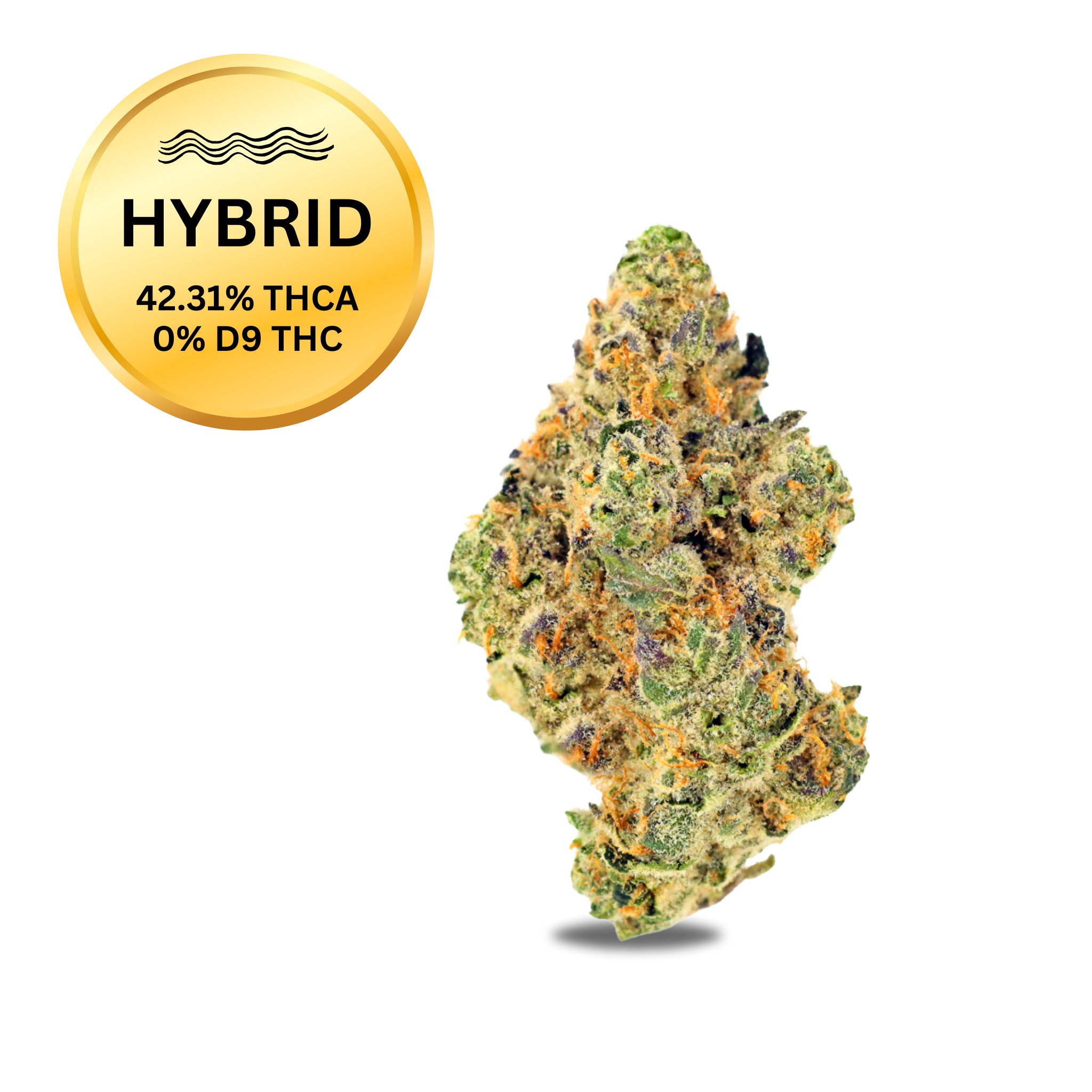
$14.99
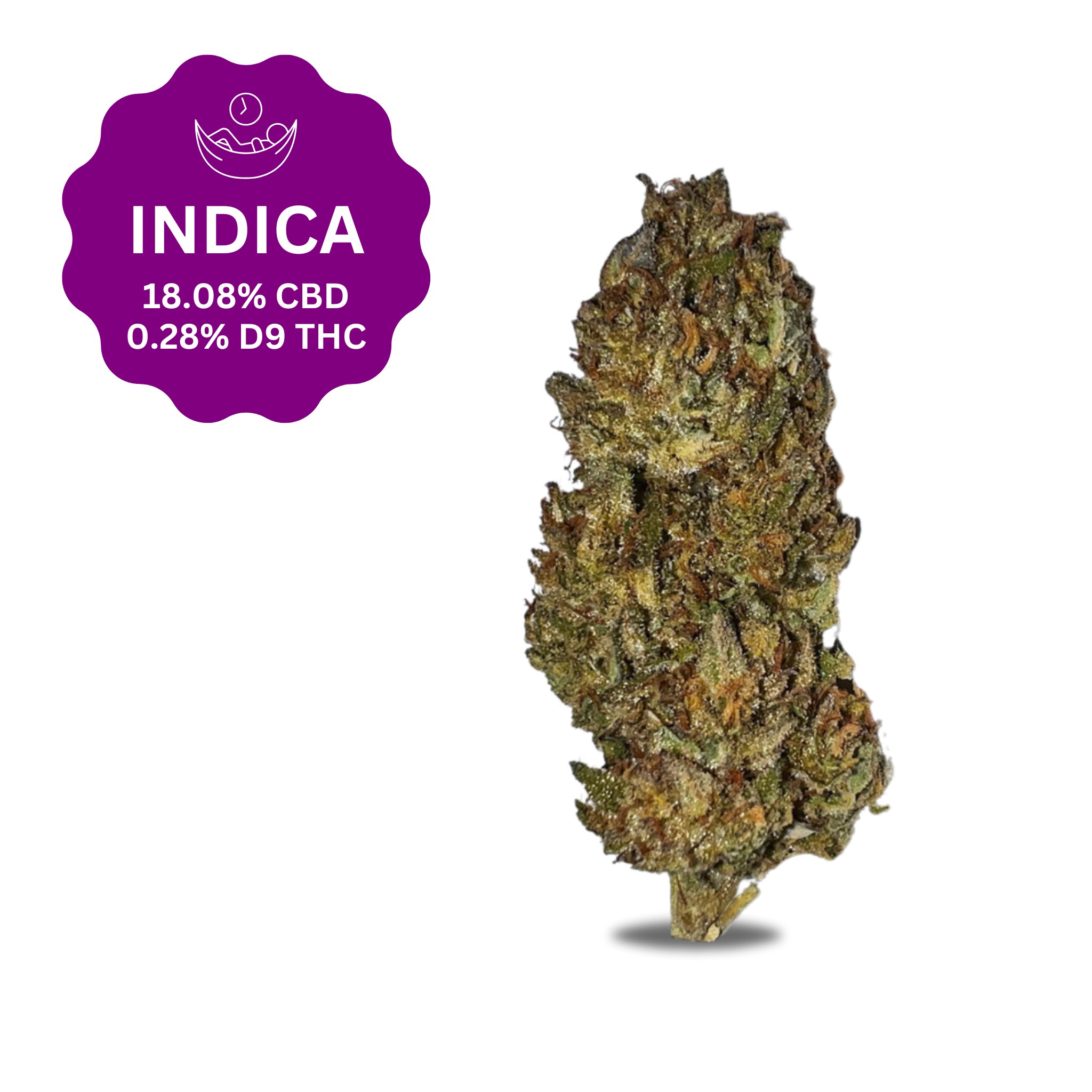
$29.99

